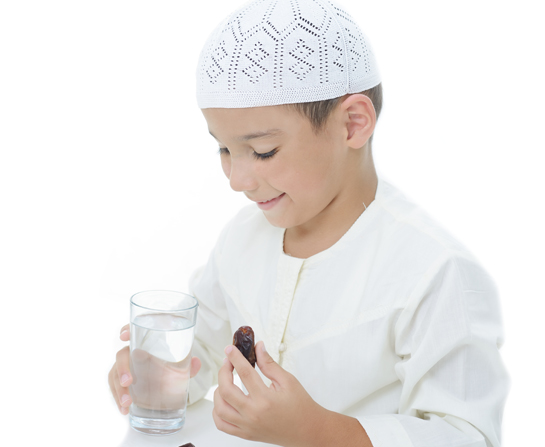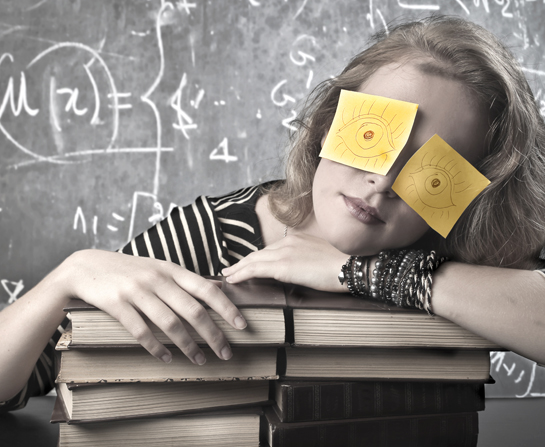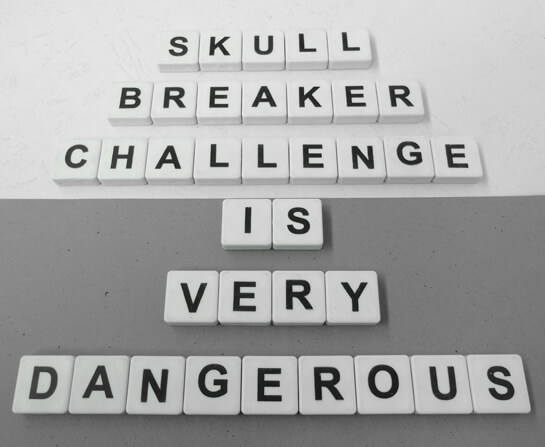New Parents Special
May 7, 2022 Return

WORDS LIM TECK CHOON

Dr Yong Junina Fadzil
Consultant Paediatrician & Paediatric Cardiologist
Klinik Pakar Kanak-Kanak Junina
Parenting can be both a joyous and nerve-wrecking experience for a new parent In this special feature, we’ll share with you some of the things you can expect and how to make sense of the chaos in the first few weeks.
This feature is also a special celebration of a new phase in New Parents—we’re planning exciting events of which this feature is just a sample. Don’t forget to check out our Raising a Champ class, see the end of this feature!
MAKING SENSE OF parenthood
So that’s a baby. Your baby. Your heart is full to bursting with love, happiness and awe—and you may also be panicking inside. How will you be a good parent? Can you be a good parent? How about…
Relax. Calm down. Take it from a consultant paediatrician and mother-of-three: it’d be fine. More than fine, in fact – it’d be an adventure of a lifetime!
What is the one thing many new parents tend to overlook when they are embarking on the parenthood journey?
To have fun and enjoy being parents! Some parents view their babies as a project, and they do a lot of research beforehand. However, every baby has their own quirks and personality; what works for one baby may not work for another.
Therefore, don’t have a rigid viewpoint when it comes to the rules of parenting. Be flexible, go with the flow, and make changes as necessary to accommodate your baby.
What are some general rules of the thumb for parents?
Know the basics. Make sure you know the fundamentals, such as when and how to feed as well as how to keep your baby clean, when to give your baby their shots, etc.
Update your dos and don’ts. Recommendations on safe practices may change with new findings, and what was once practiced may now be considered potentially harmful, so keep yourself updated via books and the Web. Don’t blindly trust everything you read and hear, though – check and double-check the facts with relevant healthcare practitioners.
Monitor your baby’s growth. This can be done with the assistance of a paediatrician.
Do you have any advice for parents who are worried about their babies falling sick?
Always refer to a doctor. I’ve seen parents who prefer to post their concerns on social media, but the people responding to these concerns are often not medically trained. Also, they only have the parents’ words to go by—they do not see the baby and hence cannot make any proper diagnosis (if they are even qualified to do so). The advice given may be wrong and even dangerous for the baby.
The one thing parents need to be aware of is that a baby can become really ill in the blink of an eye, and there is rarely time for the parents to experiment on different types of medications.
Therefore, consult a doctor first and foremost when it comes to the baby’s health!
General practitioner or paediatrician—what’s the difference?
Paediatrician are doctors who, after graduating from medical school, spend a few more years training specifically to understand, diagnose, and manage health issues in children. That’s why they are also called ‘doctors for children’.
As a paediatrician’s patients are exclusively children, a paediatric clinic has equipment and devices designed to accommodate a child’s smaller size. The paediatrician’s clinic also dispenses medications with dosages that are adjusted for children.
General practitioners, also called family doctors, are not specialized in paediatrics. That’s not to say that they are unqualified to treat children—it’s just that a paediatrician is usually more well-versed to manage a child’s more serious or complicated health issues. Also, some parents may have better peace of mind knowing that their children are cared for by a dedicated children’s health specialist.
One last thing: let’s talk about the meddling parents…
It depends on the advice. If it’s sound advice, such as always boiling water before use, of course it’s worth following. When the advice is based on superstition, however, here’s a handy tip: use the paediatrician as your shield!
If the advice isn’t sound but you want to keep the peace, try saying that you have discussed with your paediatrician, who advised against it. Many paediatricians are familiar with the issue of good- intentioned, meddlesome parents with ill-informed advice (they may even have such parents!) and will likely take your side. If the parents are being difficult, try bringing them to the paediatrician’s clinic for a discussion.
WHAT’S GOING TO HAPPEN AS IT GETS CLOSER TO THE BIG DAY
Have you noticed how most information available on motherhood often leads up to the big day, only to then skip forward to after the baby has arrived? Instead of leaving you to rely on anecdotal stories from other people—which may be contradictory, exaggerated or even misleading—we’ll let you in on what really happens.
What’s Labour, Exactly?
Simply put, labour is the series of contractions in your uterus. It opens or dilates and thins or effaces in preparation for you to give birth to your baby.
How Else Does Your Body Prepare for Delivery?
- The placenta and umbilical cord send nourishment to the baby
- The amniotic sac (bag of water) holds the fluid that surrounds your baby
- The perineum is the area between the vaginal opening and the anus
- The vagina is the birth canal
- The pubic symphysis joint lies between the pelvic bones and allows the baby to pass through
- The cervix is the narrow opening of the uterus
- The mucous plug helps keep bacteria out of the uterus
Challenging positions
If your baby is not in a safe position for birth, or if there is a problem with the placenta, you may need special care. A caesarean section may also be needed. Common problems include:
Cephalopelvic disproportion (CPD): Baby’s head is too big for the pelvis.
Breech position: Baby is positioned with feet or buttocks first.
Transverse position: Baby lies horizontally the pelvis.
Placental abruption: Placenta separates from the uterus.
Placenta previa Placenta blocks the cervix.
Your baby moves into position: Babies often move down between the pelvic bones (descend) before birth. If this is your first pregnancy, this may happen 2-4 weeks before labour. With repeat pregnancies, the baby may not ‘drop’ until labour begins. The baby usually moves down head first. When the baby drops, you may find it easier to breathe. You may also feel more pressure on your bladder, causing you to urinate more often.
THE MOM’S GUIDE TO STAYING SANE & HEALTHY IN THE EARLY DAYS OF MOTHERHOOD
If you can’t love yourself, how can you love anybody else? RuPaul Andre Charles
A GUIDE TO FEELING LIKE YOUR OLD SELF AGAIN
Go with the flow. Plans and schedules usually get thrown out the window during the early days, so prioritize the bare essentials of keeping yourself and your baby well. The rest? Well, just go with the flow. You’ll figure out a routine eventually!
Keep track of medical matters. Speaking of schedules and plans, it will be good to record all required medical matters such as doctor’s appointments (for you and your baby) and medical check-ups (Pap smear, mammogram, etc). That way, you are less likely to overlook health-related matters.
Move, move, move! Exercise energizes you and helps you get back to your pre-pregnancy weight, and it is also a good pick-me-up activity. Sneak walking into your daily routine as much as possible, or join a yoga class.
Eat well and healthily! It can be tempting to skip meals when you are busy, but don’t. You
need to keep eating healthy, balanced meals like you used to, so that you can stay healthy and energized for both you and your kid.
Keep in touch with yourself. Don’t lose yourself in the bustle of TLC for the baby, your job, household chores, etc. Take some time out every day for you and you alone, such as having a cup of your favourite coffee or catching up on shows on Netflix while the baby is asleep. Devote an evening once a week just for you and your partner.
Keep in touch with the outside world. It can be tough to deal with the chaotic newness of
parenthood when you let your new, busy schedule cut you off from your other family members and friends. Try to devote some time once a week, or if that’s not possible, once a month to catch up with them. If you can’t leave the house to meet them,
invite them over for a meal.
Don’t skimp on sleep. It may be tempting to sleep less when you have so much to do, but remember, sleep recharges and reenergizes your body. Take a nap whenever you can during the day to make up for sleepless nights. It is also good to avoid cigarettes, alcohol and other substances that can affect your ability to sleep well. HT
If you like this article, do subscribe here.























 We spoke to a few general practitioners (GPs) and doctors in government hospitals in the Klang valley and it seems the trend has not picked up as they have not reported any patients coming in with “skullbreaker” injuries. Checks at a local international school and a government school also turned up no evidence of the challenge taking place in schools. Let’s hope this trend never takes hold in Malaysia.
Please warn your child to never get involved in such a challenge. In any case, if your child comes home complaining about nausea, vomiting, or headache, it is a good idea to ask if they’ve been a victim of the challenge or if they’ve experienced a knock to their head, and to quickly bring them to see a doctor and monitor their progress.
We spoke to a few general practitioners (GPs) and doctors in government hospitals in the Klang valley and it seems the trend has not picked up as they have not reported any patients coming in with “skullbreaker” injuries. Checks at a local international school and a government school also turned up no evidence of the challenge taking place in schools. Let’s hope this trend never takes hold in Malaysia.
Please warn your child to never get involved in such a challenge. In any case, if your child comes home complaining about nausea, vomiting, or headache, it is a good idea to ask if they’ve been a victim of the challenge or if they’ve experienced a knock to their head, and to quickly bring them to see a doctor and monitor their progress.
